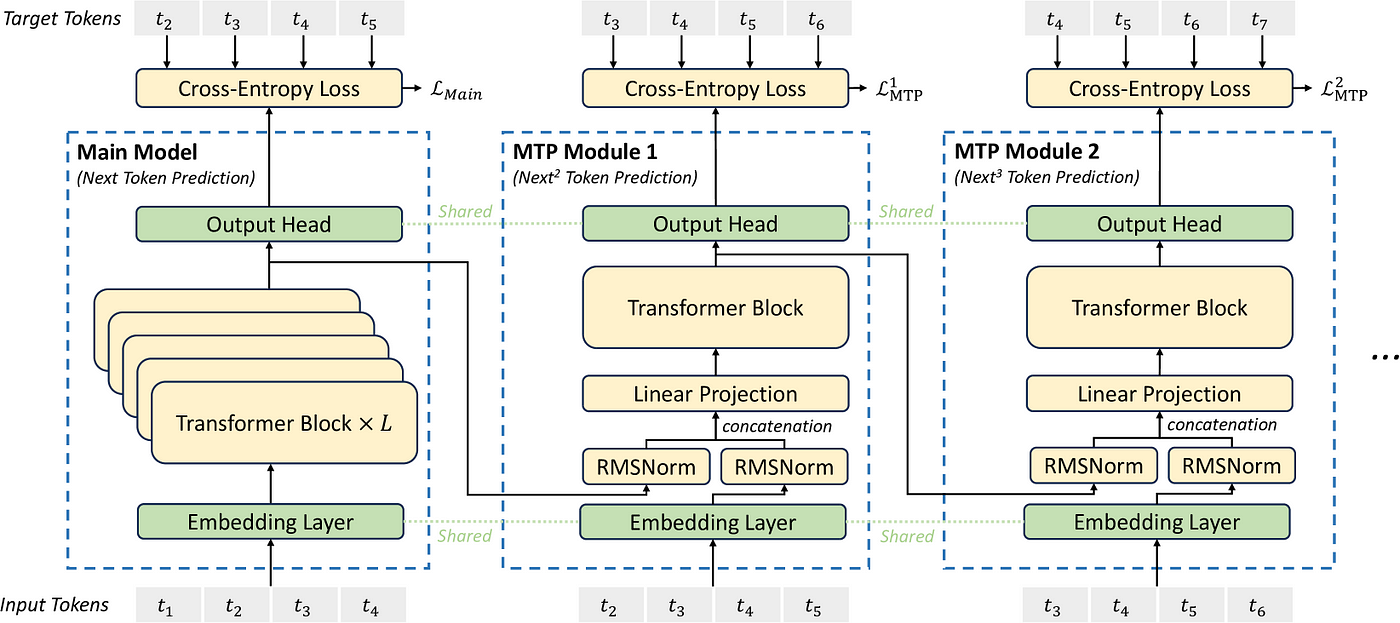DeepSeek V3 API Overview: Complete Features & Integration Guide for 2025
Explore the DeepSeek V3 API in depth—covering all available endpoints, usage scenarios, authentication, response formats, and performance tips. This guide is ideal for developers integrating AI into production systems.


What’s New in DeepSeek v3?
DeepSeek v3 builds upon the R1 architecture but introduces refined model logic, increased efficiency, and broader developer tooling. See how DeepSeek compares to competitors.
Key Improvements
- Faster Inference: DeepSeek v3 reduces latency significantly compared to v1 and R1.
- Improved Instruction Following: v3 is better aligned with natural prompts and context shifts.
- Extended Context Length: Support for up to 128k tokens depending on the deployment.
- Smarter Fine-Tuning Tools: Offers native support for RLHF-like prompt adaptation workflows.
According to benchmarks shared on DeepSeek's GitHub, v3 outperforms R1 in multi-step reasoning and document summarization tasks.
Model Variants
DeepSeek v3 includes distilled versions as well as full-scale ones trained on curated datasets. These are better optimized for:
- Programming
- Business intelligence tasks
- Multilingual understanding
Performance Benchmarks
Benchmarks are crucial for developers and researchers evaluating which model to adopt. DeepSeek v3 delivers across a number of categories: Explore DeepSeek's licensing and costs.
| Benchmark Task | DeepSeek v3 | DeepSeek R1 | GPT-4 Turbo |
|---|---|---|---|
| Code generation (HumanEval) | 74.3% | 69.5% | 81.1% |
| Text summarization | ✅ Better | ❌ Less concise | ✅ Excellent |
| Speed (tokens/sec) | ~80–100 | ~60–70 | ~50–80 |
Source: DeepSeek Benchmarks
DeepSeek v3 stands out especially for lower latency on medium-sized GPU deployments.
Access and Integration Process
How to Access DeepSeek v3
- Official API portal: api.deepseek.com
- Authentication: Requires an API key via developer dashboard.
- Models Available: DeepSeek-v3, v3-distill, coder-v3-lite
Sample Integration Flow
POST https://api.deepseek.com/v3/generate
Authorization: Bearer YOUR_API_KEY
Content-Type: application/json
{
"model": "deepseek-v3",
"prompt": "Explain how transformers work",
"temperature": 0.7
}
Tip: Use Postman or Hoppscotch to test before coding full implementations.
SDKs and Language Support
- Python SDK available via
pip install deepseek - REST API is language-agnostic
- Community wrappers available in Node.js, Go, and Rust
Supported Use Cases & Limitations
DeepSeek v3 is highly capable in a wide range of applications but is best suited for use cases involving structured logic and real-world contextual reasoning.
Recommended Use Cases
- Code generation (especially TypeScript, Python, Java)
- Prompt-based data analysis
- Automated technical documentation
- Multilingual customer support chatbots
- Scientific paper summarization
Known Limitations
- Limited real-time search capabilities (no retrieval-augmented generation unless self-implemented)
- Hallucination under loosely defined prompts (requires strong system prompt setup)
- Model weights not publicly released yet
Consider using LangChain or LlamaIndex for retrieval support if needed.
Final Thoughts
DeepSeek v3 brings notable improvements in response speed, context handling, and instruction compliance. With broader support across SDKs and developer tooling, it is easier than ever to get started. Whether you're building a new AI agent, chatbot, or programming assistant, DeepSeek v3 is positioned as a viable, efficient alternative to OpenAI's premium offerings.
To get started, head to the DeepSeek API documentation and request your API key. For best results, combine a solid system prompt strategy with cost-efficient deployment methods outlined in our R1 guide. Compare DeepSeek's training costs and budgeting.

